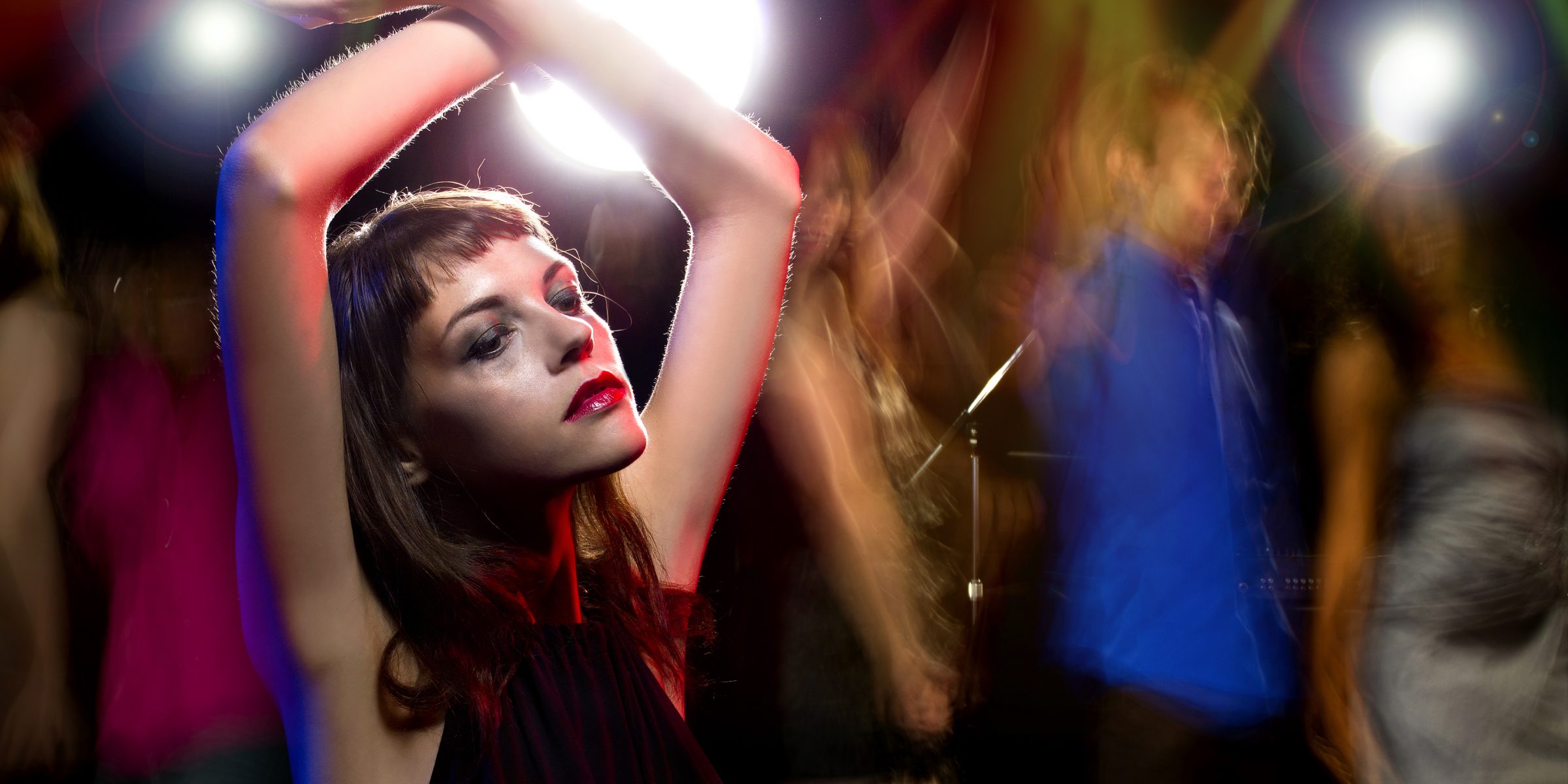
Like any other musical subculture, electronic dance music is the epicenter of a thriving community. Festivals, concerts, and raves throughout the year attract thousands of revelers. These parties usually feature hours or days of dancing, pulsing lights, and neon costumes. But this colorful, inclusive rave culture is marred by the heavy use of club drugs like MDMA, also known as ecstasy or Molly, which can result in serious illness or death. Just as psychedelics were the drug of choice for musicians in the ’60s and ’70s, ravers from the late ’80s to present day use MDMA, a synthetic drug with stimulant and hallucinogenic properties. Known colloquially as either ecstasy (in pill form) or Molly (powder form), MDMA is a popular drug choice at raves because it confers a sense of euphoric connection on the user. In the midst of a gyrating, dancing crowd, they feel intense well-being and oneness with others. The stimulant effects of the drug also allow people to continue dancing for long stretches of time, but prolonged use can result in addiction that must be treated in an addiction recovery center. Many people believe that Molly is the purest form of MDMA, and therefore the safest, but this supposition is woefully inaccurate. Researchers have found that over half of the MDMA sold on streets doesn’t contain any MDMA at all. Instead, the white powder is often a mishmash of cheaper chemicals and products, including heartworm drugs for…
 Pathways Drug Rehabilitation Luxury Addiction Treatment & Detox Center
Pathways Drug Rehabilitation Luxury Addiction Treatment & Detox Center
